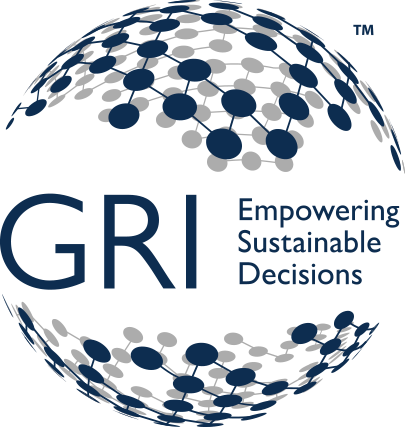- The drivers that lead to the development of a decarbonization plan (market, regulations, financing, stakeholders, etc.)
- The scope of the analysis
- The short, medium, and long-term mitigation goals
- The potential for carbon footprint or carbon neutrality certification.
- The targeted stakeholders and communication strategy.
- among other.
Decarbonization Strategy and Carbon Footprint
The Decarbonization Strategy outlines why, how, and when to implement a Climate Action Plan to reduce emissions. It applies to both the private and corporate sector, as well as to the public or governmental sector. One of its primary tools is the Carbon Footprint or Greenhouse Gas Inventory, which establishes the baseline of the strategy.
The Decarbonization Strategy defines:
ProSustentia assists all types of organizations (companies, governments, events, etc.) throughout all stages of the Decarbonization Strategy:
Baseline assessment
GHG emissions critical points in the organization and/or processes are identified, along with the mitigation actions already implemented, and the risks and opportunities of implementing a decarbonization strategy based on the regulatory, institutional, and market framework.
Action plan definition
Based on the Carbon Footprint outcome, the actions to reduce or offset emissions are defined.
- Emission Reduction: potential internal emission reductions (energy efficiency, transportation, products, etc.) are identified, and an emissions reduction program is designed and implemented.
- Remaining Emission Offsetting
1. The degree of offsetting is defined: partial or total (Carbon Neutrality).
2. The use of carbon credits (VERs or CERs) or investment in emissions reduction projects (forestry, renewable energy, etc.) is determined.
Carbon footprint calculation
Based on the selected standard (GHG Protocol, ISO, PAS, or other) the Carbon Footprint calculation is developed following a rigorous process of data collection and analysis



Reporting and communication
The decarbonization strategy developed and its action plan are communicated internally and externally throughout the entire cycle. The possibility of voluntary reporting on platforms such as the Global Compact, CDP, SBTi, or GRI is determined.


